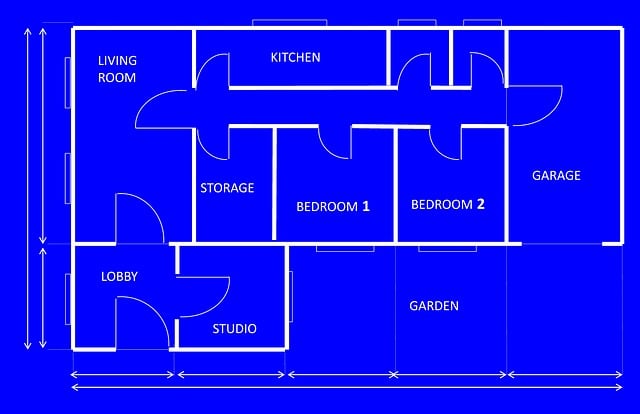3D steel modeling revolutionizes structural design by enabling engineers to simulate real-world loading conditions in three dimensions. This advanced technique optimizes material usage, reduces costs, and enhances safety for tension and compression members, leading to robust and efficient structures through precise load calculations and stress analysis.
In the realm of structural engineering, precise load calculations are paramount for steel structures’ safety and integrity. This article explores the intricate balance of tension and compression members, crucial components in navigating complex forces. We delve into the transformative power of 3D steel modeling, enhancing design accuracy and efficiency. Understanding load calculations and employing advanced analysis techniques enable engineers to create optimal designs, ensuring structural strength and reliability.
Understanding Load Calculations for Steel Structures
Load calculations form the backbone of safe and efficient steel structure design, ensuring these intricate frameworks withstand various stresses. In the realm of 3D steel modeling, this process becomes both more complex and profoundly enhanced. Advanced digital tools allow engineers to meticulously simulate real-world conditions, considering every angle and axis in a three-dimensional space. This approach not only streamlines analysis but also reveals potential weak points that traditional, two-dimensional methods might miss.
By integrating 3D modeling into load calculations, designers gain unparalleled insight into structural integrity. They can accurately predict the distribution of forces during different scenarios, whether it’s a heavy wind loading, seismic activity, or even extreme weather events. This level of detail is crucial for optimizing materials usage, minimizing costs, and ultimately, guaranteeing the safety and longevity of steel structures.
The Role of 3D Modeling in Precision Engineering
In today’s precision engineering landscape, 3D steel modeling has emerged as a game-changer. This advanced technique allows engineers to meticulously detail and visualize complex structural components, including tension and compression members used in load calculations. By creating comprehensive digital models, professionals can thoroughly analyze every dimension, material property, and geometric feature, ensuring optimal design efficiency.
The benefits of 3D steel modeling extend beyond aesthetic representation. It enables detailed stress analysis, enabling engineers to predict how structures will behave under various loads. This predictive capability is crucial for identifying potential weak points, optimizing material usage, and ultimately, enhancing the overall structural integrity. With such sophisticated tools at their disposal, engineers can confidently navigate intricate design challenges, leading to safer and more efficient constructions.
Tension and Compression Members: Critical Components
Tension and compression members are fundamental structural elements in engineering design, playing a critical role in load calculations for various constructions. These components, often made from materials like steel, bear the brunt of external forces, ensuring the stability and integrity of buildings, bridges, and other infrastructure. In the realm of modern design, 3D steel modeling has revolutionized the way these members are conceptualized and analyzed.
By leveraging advanced software and 3D visualization, engineers can meticulously detail tension and compression members, factoring in complex loading scenarios and material properties. This innovative approach allows for precise load calculations, enhancing structural integrity and safety. The detailed modeling process involves intricate simulations to predict member behavior under various conditions, enabling designers to make informed decisions and create robust, efficient structures.
Detailed Analysis Techniques for Optimal Design
In today’s digital era, advanced engineering software has revolutionized the way we approach structural design, particularly for complex load calculations involving tension and compression members. One such game-changer is 3D steel modeling, which allows engineers to create intricate digital representations of structures with unparalleled precision. By employing this technique, detailed analysis becomes more accessible and efficient. Engineers can simulate various loading scenarios, study stress distribution across different components, and identify potential weak points or areas requiring reinforcement.
This method enables a holistic view of the structure, fostering optimal design decisions. With 3D modeling, engineers can analyze not just the static loads but also dynamic forces, considering factors like vibrations and environmental impacts. Such comprehensive analysis ensures that every member, whether tension or compression, is designed to handle its specific load capacity, enhancing overall structural integrity and safety.
In light of the above discussions, it’s clear that accurate tension and compression member detailing is paramount in load calculations for steel structures. By leveraging advanced 3D steel modeling techniques, engineers can achieve unprecedented precision in design and analysis, ensuring structural integrity and optimal performance under various loads. This comprehensive approach not only streamlines engineering processes but also guarantees the safety and longevity of constructed frameworks.
